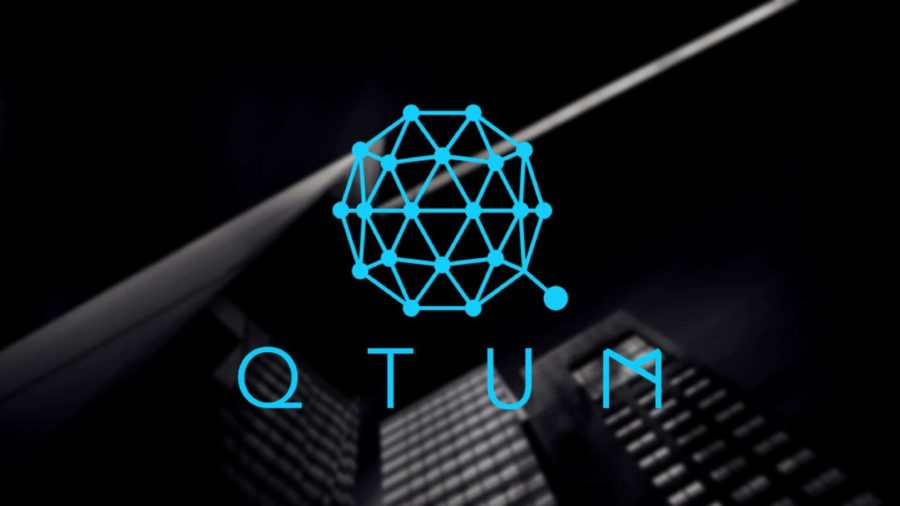

Qtum is set to go through with its first hard fork on its Proof-of-Stake in order to enhance its smart contract functionalities.
The network upgrade is expected to take place on October 17 and bring dramatic improvements to how the Qtum smart contracts work. One of the included proposals, Qtum Improvement Proposals (QIPs) will add new features and enhancements.
The upgrade will enable third-party gas payments which will allow users to make use of the Dapps running on the Qtum chain in an instant manner. This will also reduce the costs for dapp developers when bringing new users to the platform, which in turn reduces entry limitations. Users that do not own QTUM can also use native DApp tokens and transact with them through the new infrastructure.
The new upgrades are meant to give Qtum an upper hand over other smart contract platforms. In order to cater to the growing developer demand for a secure and flexible blockchain for application hosting, the addition of features and improvements will make the platform a good candidate for this market.
The development team used proven technologies which have undergone strenuous performance tests in the platform’s configuration. To offer both stability and efficiency, the team used the security and transparency of Bitcoin’s UTXO in tandem with Ethereum’s EVM and an adapted proof-of-stake protocol.
“Qtum’s first hard fork keeps the incentives and community stakeholders aligned. Our consensus changes bring more value to developers with greater consistency between block times and expanded feature sets. We see the shift from Qtum 1.0 to 2.0 as a much smoother road rather than driving off a ramp and hoping everyone lands without breaking any parts.”- said Patrick Dai, Qtum co-founder.
Other updates that will be implemented through the hard fork comprise of a revised difficulty adjustment algorithm which stabilizes block times so that more complex smart contracts can be supported.
The fork is expected to simplify smart contract development and reduce the amount of gas required for their functionality, consuming less resources and working in a more efficient manner. The block spacing stability is also expected to increase with 12.5%.
Featured image: Medium

coindoo.com is author of this content, TheBitcoinNews.com is is not responsible for the content of external sites.
Our Social Networks: Facebook Instagram Pinterest Reddit Telegram Twitter Youtube










